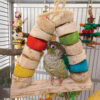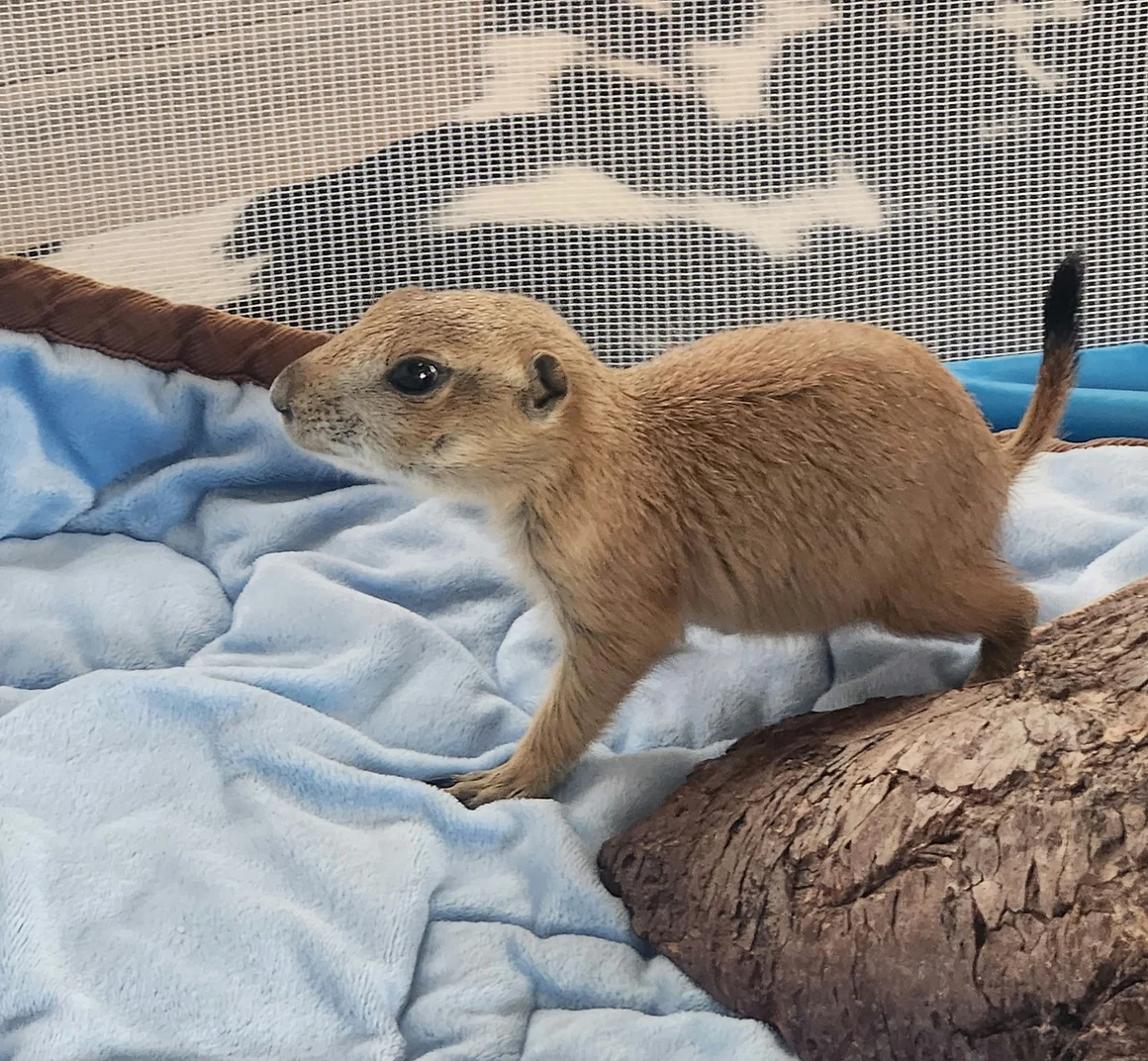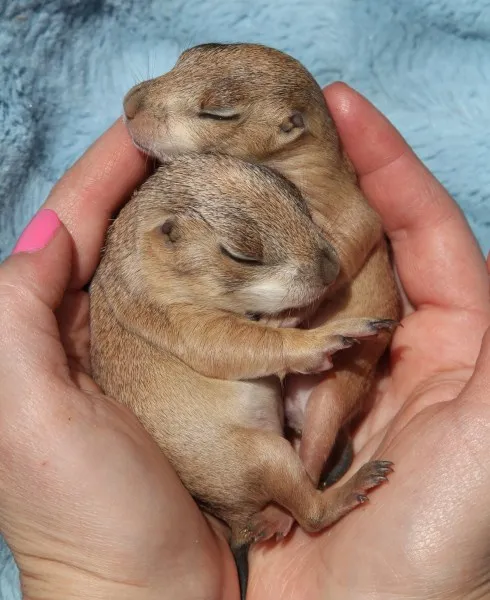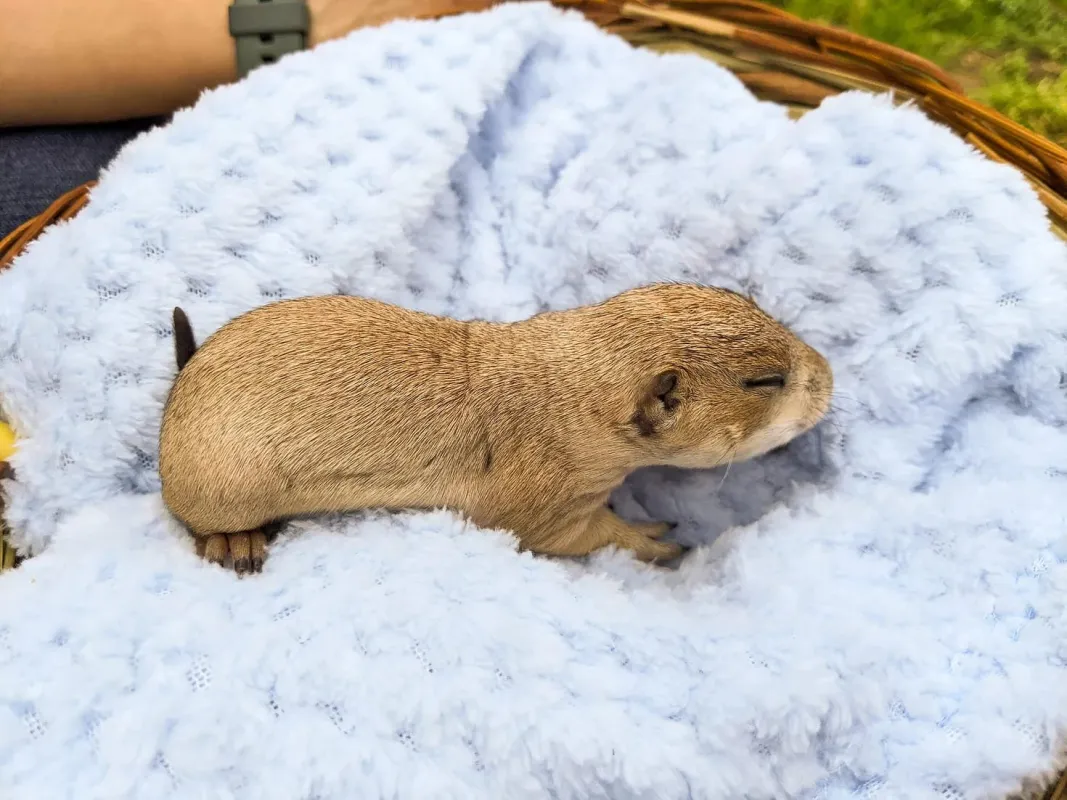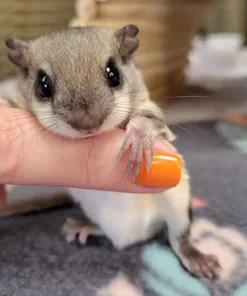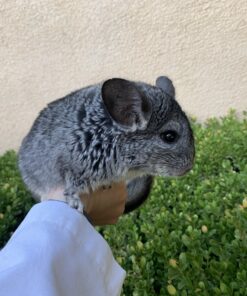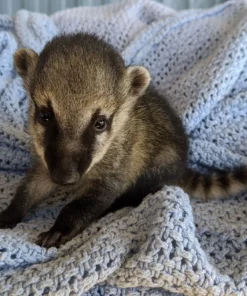$400.00 – $650.00
Sex : Female & Male
Breed : Prairie Dog
Birthday Certificate Available
Full Vet Records Available
Prairie Dog for Sale
Prairie Dog for Sale: Your Comprehensive Guide to Finding and Caring for Prairie Dogs
If you’re on the hunt for a unique and delightful pet, you might want to consider a prairie dog. Known for their playful antics and social nature, prairie dogs can make excellent companions. This comprehensive guide will help you navigate the process of finding a prairie dog for sale, whether you’re looking for a “prairie dog for sale near me,” “baby sugpet prairie dog for sale,” or simply a “baby prairie dog for sale.” We’ll cover everything from understanding these fascinating creatures to how to prepare your home and provide ongoing care.
1. Understanding Prairie Dogs
Before you dive into the search for a prairie dog, it’s important to have a solid understanding of these intriguing animals. Prairie dogs are small, burrowing rodents native to the grasslands of North America. They are social creatures that live in large colonies and have complex communication systems.
Key Characteristics of Prairie Dogs
– **Social Structure:** Prairie dogs are highly social animals that live in tight-knit groups known as colonies. Within these colonies, they communicate through a variety of vocalizations and body language. Their social structure is highly organized, with different roles and responsibilities within the colony.
– **Burrowing Behavior:** One of the most notable features of prairie dogs is their burrow systems. These burrows can be extensive, with multiple chambers for sleeping, storing food, and social interaction. The burrows offer protection from predators and harsh weather conditions.
– **Diet:** In the wild, prairie dogs primarily eat grasses, seeds, and occasionally insects. They have a specialized digestive system that allows them to extract nutrients from fibrous plant material. As pets, their diet should include hay, fresh vegetables, and a specially formulated prairie dog food to ensure they receive all the necessary nutrients.
2. Where to Find Prairie Dogs for Sale
Finding a prairie dog for sale involves exploring several avenues. Here’s where you can start your search:
#### **A. Local Pet Stores**
Many pet stores offer exotic pets, including prairie dogs. It’s worth checking local stores to see if they have prairie dogs available. When choosing a pet store, make sure they follow ethical practices and provide a clean, healthy environment for their animals.
#### **B. Online Exotic Pet Breeders**
A quick search online for “prairie dog for sale near me” or “baby prairie dog for sale” can lead you to various breeders who specialize in exotic pets. Look for breeders who provide detailed information about their animals’ health, lineage, and living conditions. Reputable breeders will also be transparent about their breeding practices.
#### **C. Animal Rescues and Shelters**
Adopting a prairie dog from a rescue organization or shelter can be a rewarding experience. Many exotic pet rescues have prairie dogs in need of new homes. Adoption can be a great way to give a prairie dog a second chance and often comes with the benefit of initial vaccinations and care.
#### **D. Specialized Exotic Pet Dealers**
Some dealers specialize in exotic pets, including prairie dogs. These dealers can offer a range of options and may provide more detailed information about the animals’ care and history. Ensure that the dealer follows ethical practices and provides proper care for their animals.
3. What to Look for in a Prairie Dog for Sale
When searching for a prairie dog, especially if you’re interested in a “baby sugpet prairie dog for sale,” there are several key factors to consider to ensure you choose a healthy and well-adjusted pet.
#### **A. Health and Behavior**
– **Activity Level:** Look for a prairie dog that is active, alert, and curious about its surroundings. A healthy prairie dog should be lively and responsive.
– **Appearance:** Check for a clean coat, clear eyes, and a healthy body condition. Avoid prairie dogs that show signs of illness, such as lethargy, discharge from the eyes or nose, or a scruffy coat.
– **Socialization:** Choose a prairie dog that has been well-socialized. Socialized prairie dogs are more likely to adapt well to their new environment and interact positively with people and other animals.
#### **B. Breeder Reputation**
– **Ethical Practices:** Select a breeder who adheres to ethical breeding practices. This includes providing a clean, safe environment for their animals and ensuring they receive proper care.
– **References and Reviews:** Look for reviews and ask for references from other customers. A reputable breeder should have positive feedback from previous buyers.
#### **C. Legal Considerations**
– **Local Regulations:** Ensure that owning a prairie dog is legal in your area. Some regions have specific regulations or restrictions on exotic pets.
– **Permits and Documentation:** Check if you need any permits or special documentation to own a prairie dog. Compliance with local laws is crucial for responsible pet ownership.
4. Preparing for Your Prairie Dog
Once you’ve found a prairie dog that meets your criteria, it’s time to prepare your home for your new pet. Proper preparation is essential for ensuring a smooth transition and a comfortable living environment.
#### **A. Habitat Setup**
– **Cage or Enclosure:** Provide a spacious cage or enclosure that simulates the prairie dog’s natural burrowing environment. The enclosure should include plenty of bedding, tunnels, and hiding spots to mimic their natural habitat. Ensure the enclosure is secure to prevent escapes.
– **Temperature and Humidity:** Maintain a temperature range that is comfortable for your prairie dog. They thrive in temperatures between 65°F and 80°F (18°C to 27°C). Humidity levels should be moderate to mimic their natural environment.
#### **B. Diet and Nutrition**
– **Balanced Diet:** Provide a diet that includes high-quality hay, fresh vegetables, and specially formulated prairie dog food. Avoid feeding them sugary or processed foods. A well-balanced diet is crucial for their health and well-being.
– **Fresh Water:** Ensure a constant supply of fresh water. A water bottle with a sipper tube is often the best option for keeping the water clean and accessible.
#### **C. Socialization and Enrichment**
– **Interaction:** Spend time interacting with your prairie dog to build trust and strengthen your bond. Socialization is key to helping your prairie dog feel comfortable and secure in their new home.
– **Enrichment:** Provide toys and activities that stimulate their natural behaviors. This can include items like chew toys, tunnels, and climbing structures. Enrichment helps prevent boredom and encourages physical activity.
5. Caring for Your Prairie Dog
Proper care is essential for the health and happiness of your prairie dog. Here are some tips for maintaining a well-cared-for pet:
#### **A. Regular Veterinary Care**
– **Health Check-Ups:** Schedule regular check-ups with a veterinarian who has experience with exotic pets. Routine health exams are important for monitoring your prairie dog’s health and addressing any issues that may arise.
– **Vaccinations:** Ensure your prairie dog receives any necessary vaccinations and health screenings. This helps prevent common diseases and ensures your pet stays healthy.
#### **B. Grooming**
– **Fur Maintenance:** Regularly check and groom your prairie dog to keep their fur clean and free of parasites. Brush their fur as needed to remove loose hair and debris.
– **Nail Trimming:** Trim their nails regularly to prevent overgrowth and discomfort. Overgrown nails can lead to foot problems and affect their ability to move comfortably.
#### **C. Social Needs**
– **Companionship:** Prairie dogs are social animals and thrive with companionship. If possible, consider getting more than one prairie dog to provide them with social interaction and prevent loneliness.
– **Exercise and Play:** Provide opportunities for exercise and play to keep your prairie dog active and mentally stimulated. Regular physical activity is important for their overall health and well-being.
6. Common Questions About Prairie Dogs
#### **A. Are Prairie Dogs Good Pets?**
Prairie dogs can make excellent pets for those who are prepared for their unique needs. They are social, intelligent, and interactive animals, but they require a lot of care and attention. They are best suited for owners who can provide a stimulating environment and meet their social and dietary needs.
#### **B. How Long Do Prairie Dogs Live?**
In captivity, prairie dogs typically live between 8 to 12 years. Their lifespan can be influenced by factors such as diet, environment, and overall care. Proper care and regular veterinary check-ups can help ensure a long, healthy life for your pet.
#### **C. What Do Prairie Dogs Eat?**
Prairie dogs eat a variety of foods, including hay, fresh vegetables, and specially formulated prairie dog food. A balanced diet is essential for their health. Avoid feeding them sugary or processed foods, as these can lead to health problems.
Conclusion
Finding the perfect prairie dog for sale involves careful consideration and research. Whether you’re searching for a “prairie dog for sale near me,” “baby sugpet prairie dog for sale,” or just a “baby prairie dog for sale,” it’s important to choose a healthy animal from a reputable source. By understanding their needs, preparing your home, and providing proper care, you can ensure a happy and fulfilling life for your new prairie dog companion.
Prairie dogs are fascinating animals with unique social behaviors and needs. If you’re ready to add one to your family, start your search today and enjoy the joy and companionship that these remarkable creatures can bring to your life.
| sex | Female, Male |
|---|---|
| Purchase Option | 100% Payment, Reserve |
Related products
SMALL PETS
SMALL PETS
SMALL PETS
SMALL PETS
SMALL PETS
SMALL PETS


